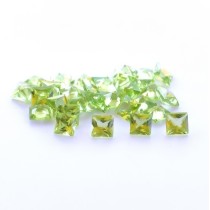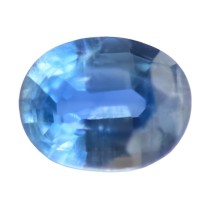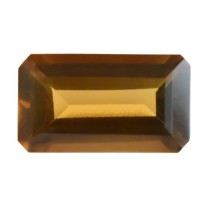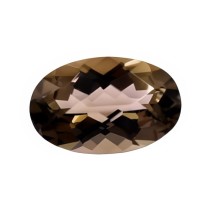Amethyst is a purple variety of quartz known for its beauty and durability. Amethyst's chemical formula is SiO2 (silicon dioxide), and its distinctive purple color comes from the presence of small amounts of iron and other trace elements, as well as exposure to natural radiation.
Physical and Optical Properties
- Hardness: 7 on the Mohs scale, which makes it hard enough for use in jewelry.
- Density: Approximately 2.65 g/cm³.
- Crystalline Structure: Trigonal, with crystals that can be well-formed hexagonal prisms.
- Color: Varieties of purple, from pale shades to deep purple, sometimes with red or blue tones.
- Transparency: Transparent to translucent.
- Gloss: Vitreous.
Training and localization
Amethyst forms in the cavities of volcanic rocks and can be found in geodes and druses, where the crystals grow free. The most important sources of amethyst include Brazil, Uruguay, Zambia and Madagascar. Amethyst is also found in many other places around the world, with each source providing stones with unique characteristics in terms of color and clarity.
applications
Amethyst is widely used in jewelry such as rings, necklaces, bracelets, and earrings. It is appreciated not only for its beauty, but also for its historical and cultural significance. In the past, amethyst was considered a symbol of royalty and spirituality and was used in various religious and healing practices.
Care and Maintenance
Although amethyst is relatively hard, it is important to protect it from scratches and bumps. Cleaning can be done with warm water and mild soap, avoiding the use of aggressive chemicals and prolonged exposure to direct sunlight, which can discolor the stone.










